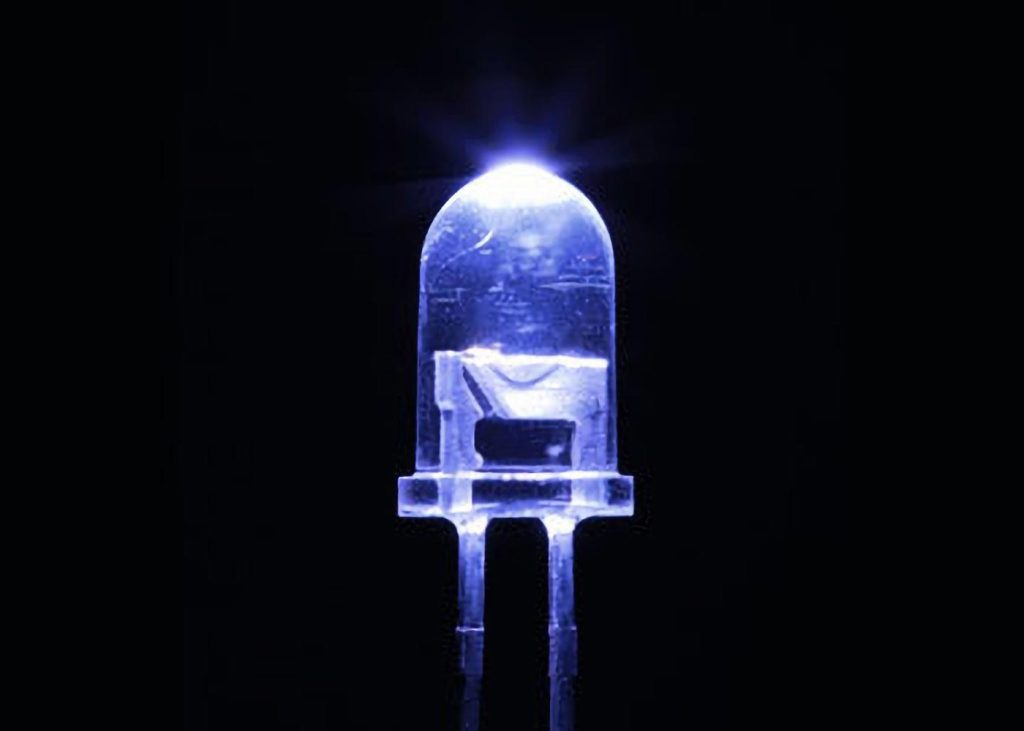
Gambar 1: Sebagian besar LED memancarkan cahaya tampak, tetapi fisikawan RIKEN telah menciptakan LED yang memancarkan sinar ultraviolet jauh di wilayah sempit dan aman bagi manusia tetapi fatal bagi virus dan bakteri. kredit: RIKEN
Lampu LED yang kuat dapat secara efisien mendisinfeksi permukaan sekaligus menjaga orang tetap aman.
Fisikawan RIKEN telah merancang lampu LED efisiensi tinggi yang bersifat antimikroba dan antivirus tetapi aman bagi manusia. Suatu hari, itu bisa membantu negara-negara keluar dari bayang-bayang epidemi dengan membunuh patogen di ruangan yang penuh dengan orang.
Lampu kuman ultraviolet sangat efektif dalam membunuh bakteri dan virus. Bahkan, mereka secara rutin digunakan di rumah sakit untuk mensterilkan permukaan dan instrumen medis.

Masafumi Jo dan dua rekan kerja telah merancang lampu LED yang membantu melindungi masyarakat dari epidemi. kredit: RIKEN
Lampu jenis ini dapat dibuat menggunakan LED, yang membuatnya hemat energi. Namun, lampu LED ini menghasilkan sinar ultraviolet dalam kisaran yang berbahaya[{” attribute=””>DNA and therefore cannot be used around people. The search is on to develop efficient LEDs that shine light within a narrow band of far-ultraviolet light that appears to be both good at disinfecting while remaining safe for people.
Germicidal LED lamps that operate in the absence of humans are often made from aluminum, gallium, and nitrogen. By increasing the amount of aluminum they contain, these LEDs can be modified to work in a wavelength region that is safe for humans. This approach has been used before but has resulted in dramatically reduced power.
To work through this issue, three physicists at RIKEN Quantum Optodevice Laboratory, Masafumi Jo, Yuri Itokazu, and Hideki Hirayama, created an LED with a more complex design. They sandwiched together multiple layers, each containing slightly different proportions of aluminum. In addition, in some layers they also added tiny amounts of silicon or magnesium.
This effectively created an obstacle course for electrons, hindering their movement across the material and trapping them for longer in certain areas. This resulted in an increased amount of light emitted by the device and a reduced amount absorbed by it.
The team used computer simulations to model all possible effects to help pin down the ideal design. “We then grew samples to see if it was effective or not,” Jo says. Precisely controlling the thickness of each layer was the biggest experimental challenge. They ended up with an LED operating in the far ultraviolet, with an output power almost ten times higher than their previous best.
The COVID-19 pandemic brought a new consciousness of the importance of being able to eradicate viruses and microbes on surfaces. “We trust that our findings and technologies will be very useful for safeguarding society against this and future pandemics,” says Jo.
Jo adds that the trio will strive to improve their LED’s performance even further. “There’s still much room for improvement in the output power and the power efficiency,” he notes.
Reference: “Milliwatt-power far-UVC AlGaN LEDs on sapphire substrates” by Masafumi Jo, Yuri Itokazu and Hideki Hirayama, 25 May 2022, Applied Physics Letters.
DOI: 10.1063/5.0088454

“Penyelenggara amatir. Penginjil bir Wannabe. Penggemar web umum. Ninja internet bersertifikat. Pembaca yang rajin.”






More Stories
Makhluk yang menjadi fosil mungkin bisa menjelaskan gambar membingungkan di dinding batu
Gambar dramatis dari bulan panen raksasa dan gerhana bulan sebagian
SpaceX meluncurkan satelit Galileo Komisi Eropa dengan roket Falcon 9 dari Cape Canaveral – SpaceflightNow